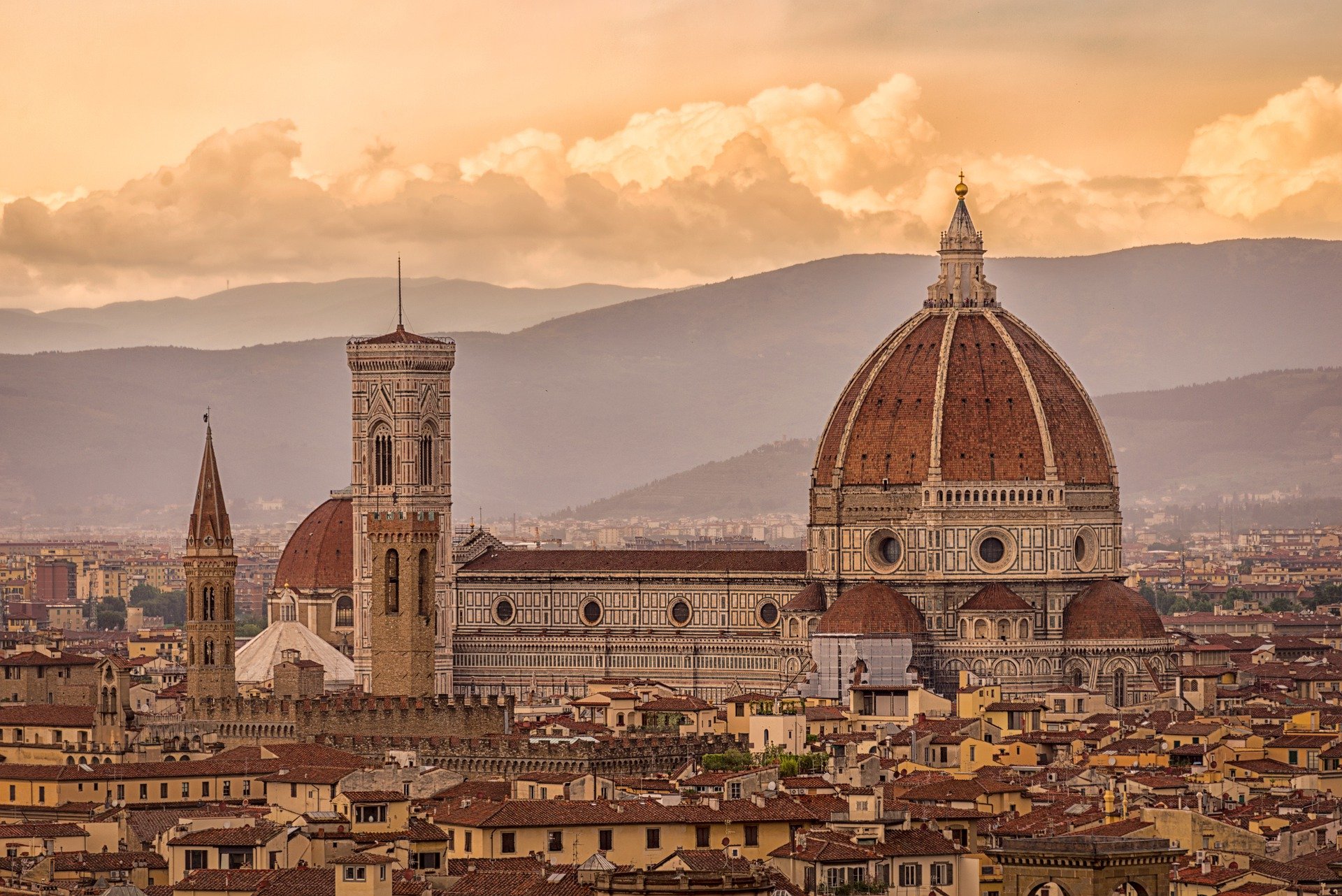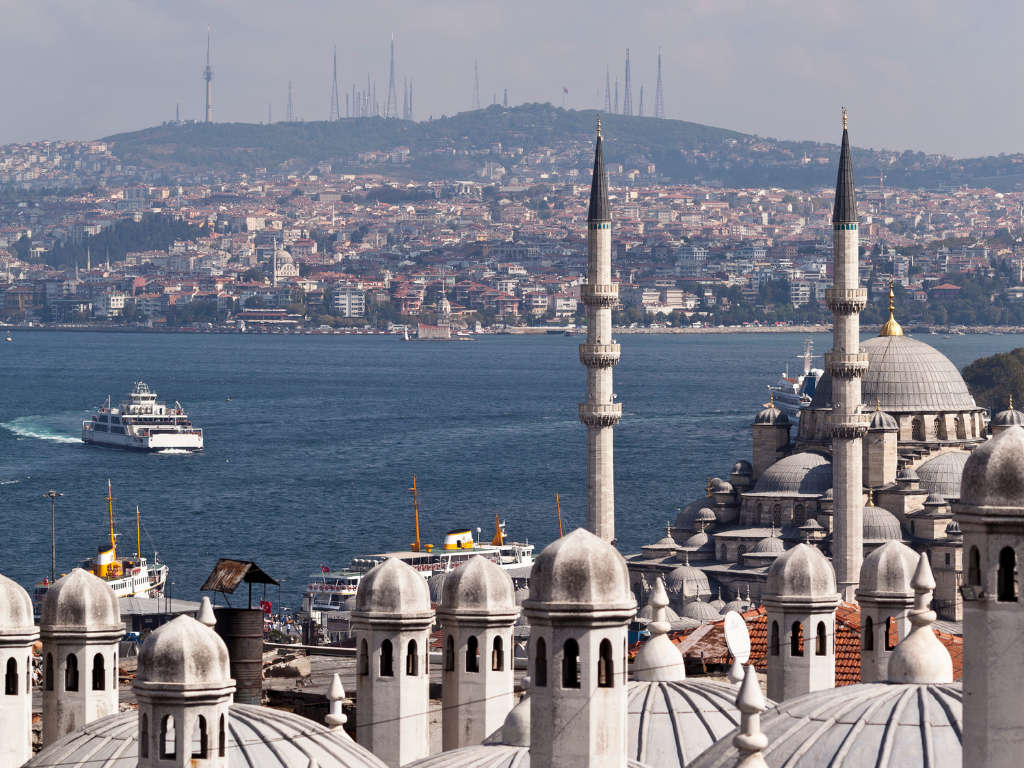Mexico City, also known as Ciudad de México or CDMX, has a rich and complex history that spans over 700 years.
Mexico City was initially founded by the Nahua people, who were part of the larger Aztec civilization. The Aztecs, also known as the Mexica, established the city of Tenochtitlan in 1325 on an island in Lake Texcoco in the Valley of Mexico. Tenochtitlan quickly grew into a major city and became the capital of the Aztec Empire, known for its advanced architecture, complex social structure, and impressive trade networks.
In 1519, Spanish conquistador Hernán Cortés arrived in Mexico and eventually conquered the Aztec Empire, including Tenochtitlan, in 1521. The Spanish established Mexico City on the ruins of Tenochtitlan as the capital of New Spain, which was the center of Spanish colonial rule in the Americas.
The struggle for Mexican independence from Spain began in 1810, led by figures such as Miguel Hidalgo and José María Morelos. Finally, after years of fighting, Mexico gained independence in 1821, and Mexico City became the capital of the newly formed Mexican Empire.
In the late 19th and early 20th centuries, Mexico City underwent significant modernization and urbanization, with the construction of new infrastructure, such as railways, telegraph lines, and public buildings. The city's population grew rapidly, becoming a hub for industry, commerce, and culture.
The constellation of neighborhoods that make up CDMX reflects the intricate interplay of indigenous cultures, Spanish colonization, struggles for independence, and modernization, which continue to shape the city’s ever-evolving identity.
Let’s explore some of the best neighborhoods in Mexico City – here are some of our top destinations.
Where to Stay in Mexico City
If you’re planning a trip to CDMX and need some inspiration on where to stay, look no further – we’ve curated this list of great neighborhoods in Mexico City.

Condesa (Hipódromo)
Hipódromo is a neighborhood in Mexico City, specifically in the Cuauhtémoc borough, known for its cultural scene, with numerous art galleries, theaters, and cultural centers. It has become a hub for contemporary art and design, with many artists, designers, and creatives in the area. Hipódromo has a reputation for being a trendy and bohemian neighborhood. Its eclectic and vibrant atmosphere is a unique blend of artistic expression and urban lifestyle.
One of the most distinctive features of Hipódromo is its iconic Art Deco architecture. The neighborhood features many well-preserved examples of Art Deco buildings constructed during the mid-20th century. These buildings showcase the architectural style characterized by bold geometric shapes, decorative motifs, and sleek lines, which are highly appreciated by architecture enthusiasts.
Those looking for fresh air should visit Parque México, also known as Mexico Park, a popular urban park in Hipódromo. It is one of the most beloved parks in the city, known for its green spaces, recreational opportunities, and cultural significance. Don’t miss the "Fuente de los Cántaros," an Art Deco fountain at the park's center.
Take a stroll down Calle Amsterdam, a beautiful street lined with incredible Art Deco buildings interspersed with diverse cafes, restaurants, and bars.
Roma (North & South)
Designated a “Barrio Mágico” for its unique identity and embodiment of Mexican culture, the Roma area offers both the hustle and bustle of the city along with a quieter, more serene atmosphere.
Roma Norte is located in the Cuauhtémoc borough and is a trendy, bohemian area with tree-lined streets, historic buildings, and vibrant nightlife. It's also a foodie paradise, with a wide variety of restaurants and street food options ranging from traditional Mexican cuisine to international fusion.
Some of the must-see attractions in Roma Norte include the Mercado Roma, a gourmet food hall featuring a variety of local and international cuisine, and the Casa Lamm Cultural Center, a beautiful 19th-century mansion that hosts art exhibitions, workshops, and concerts.
Roma Sur is a quieter and more residential area than Roma Norte. The neighborhood has a relaxed and laid-back atmosphere, making it a great place to stroll around and enjoy the scenery.
One of the main attractions in Roma Sur is the Casa Universitaria del Libro, a historic building that houses a bookstore, art gallery, and cultural center. There's also the Parque Luis Cabrera, a large park with walking paths, playgrounds, and sports facilities.
Roma Sur is also home to several restaurants and cafes, offering a variety of Mexican and international cuisine. The neighborhood has a more local feel, with many traditional family-owned businesses and markets.
Juárez (Cuauhtémoc)

Those looking to blend the city lights with a relaxed atmosphere should visit Juárez, known for its cosmopolitan environment with a touch of laid-back energy.
The neighborhood has many well-preserved buildings from the 19th and early 20th centuries, showcasing various architectural styles, such as Neoclassical, Beaux-Arts, and Art Nouveau. These buildings include palaces, mansions, and government buildings that reflect the neighborhood's historical significance and role as a cultural and political center. One of the area’s most eye-catching monuments is the Angel of Independence (El Ángel de la Independencia), an iconic symbol of Mexico City. This landmark is a towering victory column located at the intersection of Reforma Avenue and Florencia Street, and it commemorates Mexico's struggle for independence from Spain.
Juárez is also known for its nightlife, with many bars, clubs, and entertainment venues catering to different tastes and preferences. The neighborhood’s diverse nightlife scene offers options for live music, dancing, cocktails, and cultural performances. The Zona Rosa area in Juárez is the hub of gay bars and businesses. There is also a growing Korean population in Zona Rosa, in the area known as Pequeño Seúl (Little Seoul).
If you’re visiting on a Sunday, don’t be surprised if you see the entire Paseo de la Reforma filled with bikes – the street closes every Sunday from 8 a.m. to 2 p.m. so locals and visitors can cycle down the road. Head to the booth at the intersection of Paseo de la Reforma and Rio Rhin on the north end of Glorieta de la Palma to get your free bike rental.
Escandón
If you’re traveling with family or are just interested in a more down-to-earth vibe, plan to spend some time in Escandón. You’ll find family-run small businesses, no-frills taquerías, and storied cantinas here.
You can also see a wide variety of architectural styles throughout the area, with a blend of old a new that creates a beautiful visual of the area’s cultural history. The Church of the Immaculate Conception (Iglesia de la Concepción) is a historic church in Escandón that dates back to the 16th century and features beautiful architecture and artwork.
Enhance your experience with a trip to Escandón Market, also known as Mercado Escandón, a bustling market that offers a wide range of products, including fresh produce, meats, seafood, spices, household items, clothing, and more.
Where to Explore in Mexico City
Travelers looking to branch out and visit sites outside the city should check out some of these popular neighborhoods in CDMX.
Coyoacán
Historical and cultural surprises are around every corner in Coyoacán. The heart of Coyoacán is its historic center, characterized by its colonial architecture, narrow streets, and colorful buildings. The main square, Jardín Centenario, is a popular gathering place with a picturesque fountain and is surrounded by historic buildings, including the Church of San Juan Bautista, which dates back to the 16th century.
Plaza Hidalgo, also known as Jardín Hidalgo, is the main square of Coyoacán, a historic neighborhood in the southern part of Mexico City. It is named after Miguel Hidalgo y Costilla, one of the leaders of the Mexican War of Independence, and is a central hub of activity in Coyoacán. Plaza Hidalgo is adorned with a beautiful fountain known as the "Fuente de los Coyotes" or the "Fountain of the Coyotes." This fountain features a central statue of Cuauhtémoc, the last Aztec emperor, surrounded by four coyote sculptures, which are symbols of Coyoacán.
Coyoacán is home to several museums and cultural attractions, including the Frida Kahlo Museum (also known as Casa Azul), the former home of the famous Mexican artist Frida Kahlo which is now a museum dedicated to her life and work. There is also the Leon Trotsky Museum, the former home of the Russian revolutionary Leon Trotsky, who sought asylum in Mexico and lived in Coyoacán for a time. Other cultural attractions in Coyoacán include the National Museum of Popular Culture, the National Museum of Interventions, and the Anahuacalli Museum, which houses a collection of pre-Columbian Mexican art.
History lovers can also explore Hernán Cortés’s house. This house is famous for being Cortés’ residence in Mexico, particularly during the early colonial period.

El Centro
El Centro is a must-visit neighborhood in Mexico City, offering a rich tapestry of history, culture, and architecture that reflects the city's diverse heritage.
El Centro is the heart of Mexico City, and it holds immense historical significance as the birthplace of the ancient Aztec city of Tenochtitlan, founded in 1325. After the Spanish conquest of Mexico in the 16th century, the area became the center of Spanish colonial power. Many of the buildings and structures in El Centro date back to the colonial era.
El Centro is known for its stunning architecture that spans several centuries, ranging from pre-Hispanic ruins to colonial-era churches, palaces, and civic buildings. Some notable architectural highlights in El Centro include the Metropolitan Cathedral, the National Palace, the Templo Mayor archaeological site, and numerous other churches and buildings that showcase a mix of Spanish, indigenous, and mestizo architectural styles.
One of the most amazing things about El Centro is that tucked within these historic buildings, you can watch street performers and browse fantastic street art. The old meets the new in this beautiful and historic city.
Mexico City Travel Tips
Traveling to Mexico City is exciting, energizing, and, yes – maybe a little intimidating. We asked our experts for some of their travel-tested tips and tricks for visiting CDMX. Here’s what they said:
- Try the local food!
- As with any markets or street food, be discerning about where you eat to avoid food poisoning.
- Remember that “spicy” may mean a little hotter in Mexico City than elsewhere.
- Stick to bottled water and avoid ice cubes in your drinks.
- It’s common to leave a 10% tip when dining in a restaurant, but you don’t need to tip street food vendors or taxi drivers (though it’s always a nice gesture).
- Research the neighborhoods and plan an itinerary ahead of time to ensure you make the most of your trip.
- Consider booking some guided tours of Mexico City to learn about local history and see the sights with an expert.
- Avoid the metro between 6 a.m. and 9 a.m. and 6 p.m. and 9 p.m. - that’s typical rush hour in CDMX, and travel may be congested and difficult.
Visiting Mexico City
Mexico City is a captivating place where culture, history, and art intersect. If you’re looking to take a guided tour of CDMX, check out our Mexico City in a Day Tour. This comprehensive full-day tour of CDMX gives visitors an overview of the magnificent metropolis through three distinct neighborhoods: Centro Histórico, Roma, and Condesa. Led by a local expert in history, architecture, or archaeology, you’ll experience the city's incredible evolution — from the Aztec capital to the largest city in North America— by visiting archaeological sites, architectural masterpieces, and some of the hippest neighborhoods.
We offer several other Mexico City tours, including a CDMX Architecture tour, Historic Center tour, Mexico City food tour, and more.
You Might Also Like:













